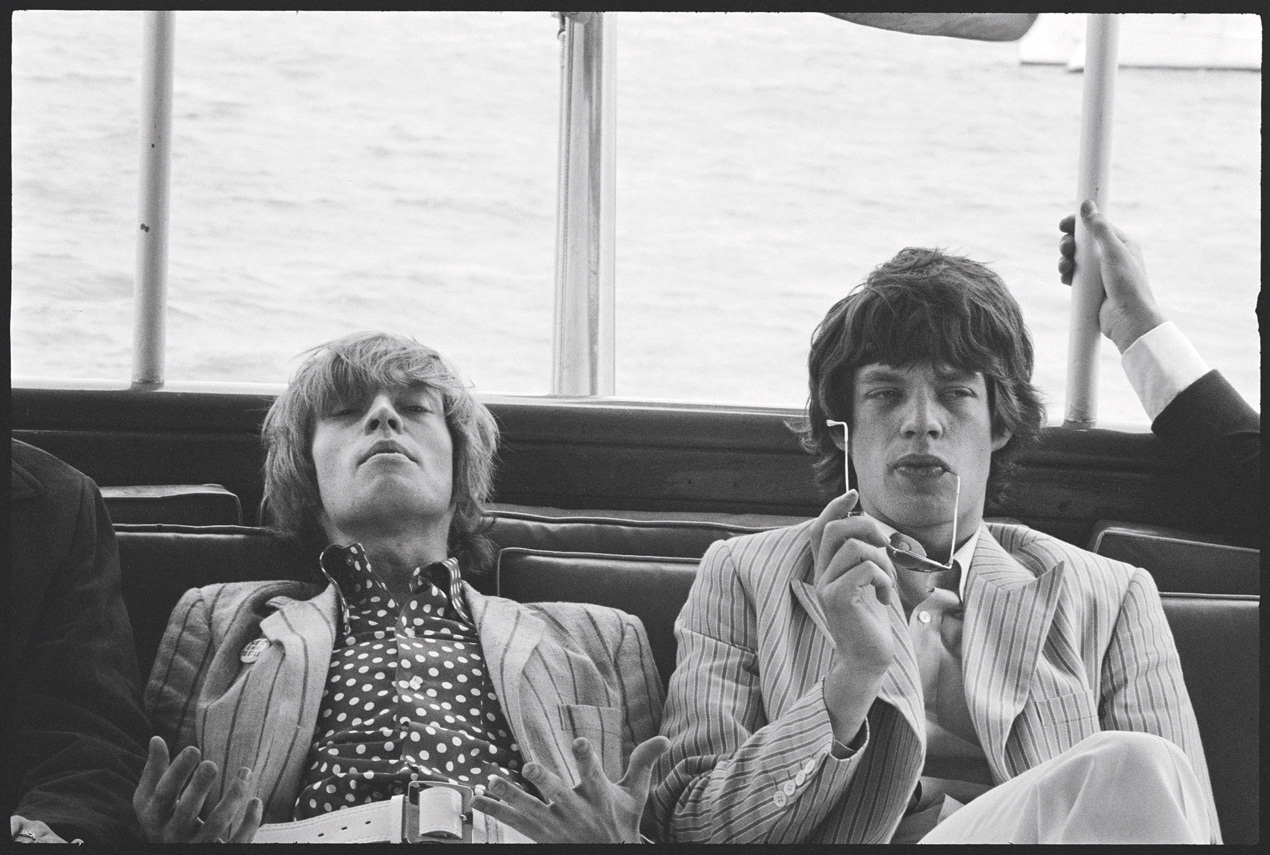Flip sides
Linda Eastman made celebrity the subject of her work until she coupled up with one of the most celebrated of them all and turned her camera inward
It’s unsurprising that Linda Eastman, raised in a wealthy New York family with a high-flying entertainment lawyer father, was always at ease around celebrity. She grew up among artists, inherited her parents’ interest in music and the visual arts and, armed with a fine art degree awarded in 1961, began an ascent through the world of professional photography.
Her early work showcasing such musical giants as Janis Joplin, the Rolling Stones, Jimi Hendrix and Bob Dylan – many caught off guard, relaxed and candid – led to Eastman becoming regarded as one of the finest artists of her genre.
“It was in Linda’s nature to feel comfortable around people from all walks of life,” explains Sarah Brown, co-curator of the Linda McCartney Retrospective at Liverpool’s Walker Art Gallery, and photographic curator and editor for the Linda McCartney archive.
“When people talk about being photographed by Linda they comment on how she made them feel so at ease and I think that comes from an innate nature and the fact she saw all people and animals as equals. She was a fan of the musicians she was photographing so I presume she had a natural rapport with them and it seems they often quickly became friends. In fact, Linda once said she found it difficult to take pictures of people whose music she didn’t like.”
As the decade progressed so did her career. During 1967 Eastman was awarded the US Female Photographer of the Year award and, while on assignment in London that year, met Paul McCartney. The pair married two years later.
While Linda McCartney’s personal life was changing, so was her photography. She’s on record as regarding a photoshoot with Crosby, Stills and Nash as a turning point – a session “with good people and everything was how it ought to be yet somehow it wasn’t as fun or as loose”. With few exceptions, McCartney’s work then began to leave behind the glamour of rock ‘n’ roll, instead focusing on more private and intimate subjects.
“Linda had always photographed the personal and everyday but that aspect became more prominent in the 1970s,” says Brown. She began to spend time touring with her husband’s post-Beatles project Wings and with her family on their remote Scottish farm.
“She found artistic inspiration in everyday moments that to some would seem banal, such as brushing your teeth,” adds Brown. “Linda had a fantastic eye for the humour in the everyday, as well as for seeing strong compositions and playing with natural light. Some of her most intriguing photos were taken in Scotland focusing on farm life, family life, local people, rolling hills and animals.”
The Liverpool exhibition showcases a broad range of work with 250 photos – grouped into themes such as The Sixties, Family and Social Commentary – alongside notebooks, cameras and diaries.
“We also have some intimate photographs of Paul’s family, of people singing or laughing which bring in the Liverpudlian spirit,” the curator explains. “There’s that real sense of joy and love of family.”
Linda McCartney Retrospective, Walker Art Gallery, Liverpool 8 Aug- 1 NovFlip sides

Leave a reply
Your email address will not be published.